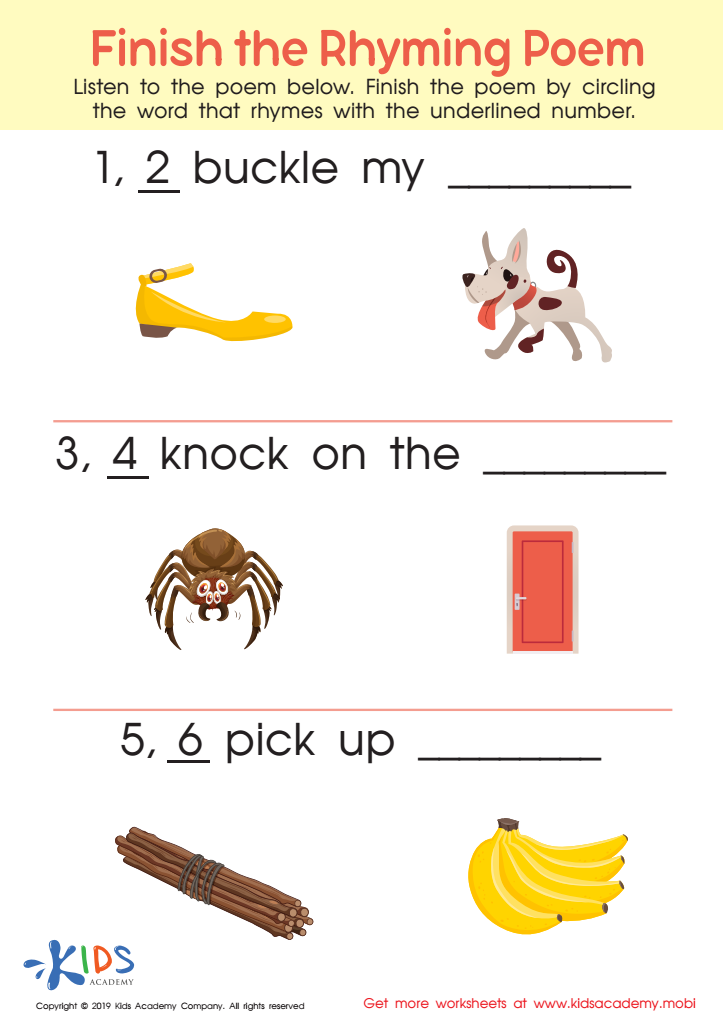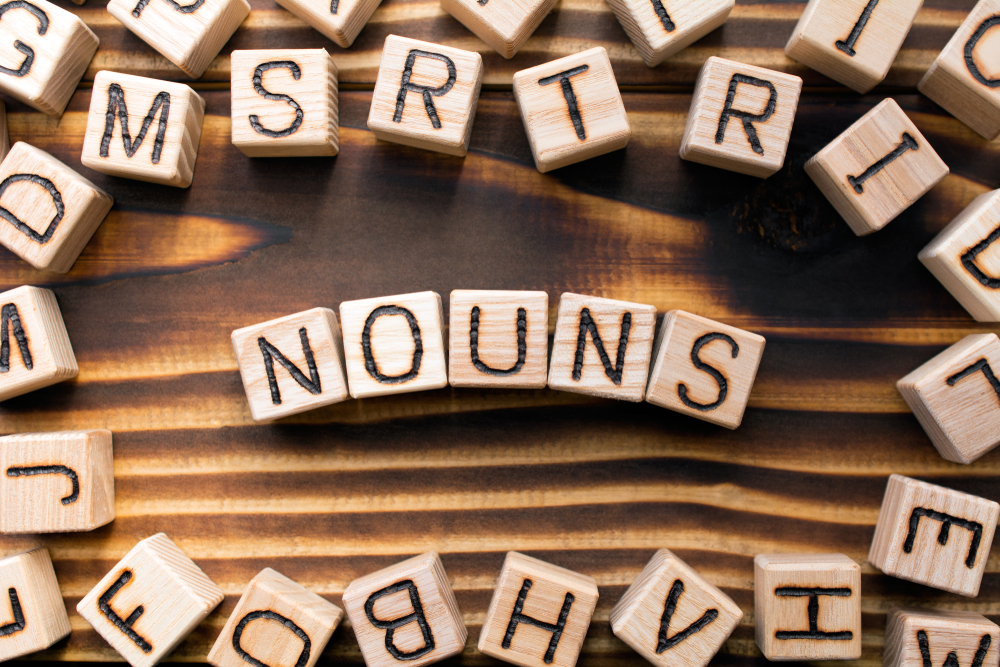Songs and Poems worksheets activities for Ages 5-6 - Page 2
25 filtered results
-
From - To


Finish Rhyming Poem Worksheet
Songs and Poems worksheets activities are an invaluable tool in both the language learning and teaching processes. These unique resources leverage the innate human connection to music and rhythm, as well as the emotional depth and literary devices found in poetry, to create engaging, memorable learning experiences.
Firstly, Songs and Poems worksheets activities tap into the musical aspect of language. Music and rhythm are universal features of human culture, and they can significantly enhance memory and recall. When learners engage with language through songs, the melody aids in embedding vocabulary, phrases, and grammatical structures in their minds. This is because music activates multiple areas of the brain, including those responsible for processing sounds, emotions, and memory, making it an effective tool for language acquisition.
Moreover, these activities expose learners to a wide range of cultural contexts and literary expressions. Songs and poems often convey the values, emotions, and experiences of their origins, offering students a deeper understanding of the cultural and emotional landscape from which they emerge. This not only broadens learners' cultural awareness but also deepens their emotional empathy and understanding of diverse perspectives.
From a literary standpoint, Songs and Poems worksheets activities introduce students to various literary devices such as metaphor, simile, personification, and alliteration. Encountering these devices in the context of songs and poems makes them more accessible and understandable, especially for younger learners or those struggling with abstract concepts. By analyzing how these elements contribute to the overall meaning and impact of a piece, students develop critical thinking and analytical skills.
Furthermore, these activities can be highly versatile and adaptable to different learning styles and objectives. Whether the goal is to improve listening skills, expand vocabulary, practice pronunciation, or explore poetic structures, Songs and Poems worksheets can be tailored to meet these needs, making them an indispensable asset in the language learning toolkit.
In conclusion, Songs and Poems worksheets activities are much more than just a pleasant diversion; they are a potent educational tool that harnesses the power of music and literary art to facilitate language learning, cultural appreciation, and literary analysis. Through these engaging activities, learners not only acquire language skills but also develop a deeper appreciation for the beauty and diversity of human expression.
 Assign to the classroom
Assign to the classroom












